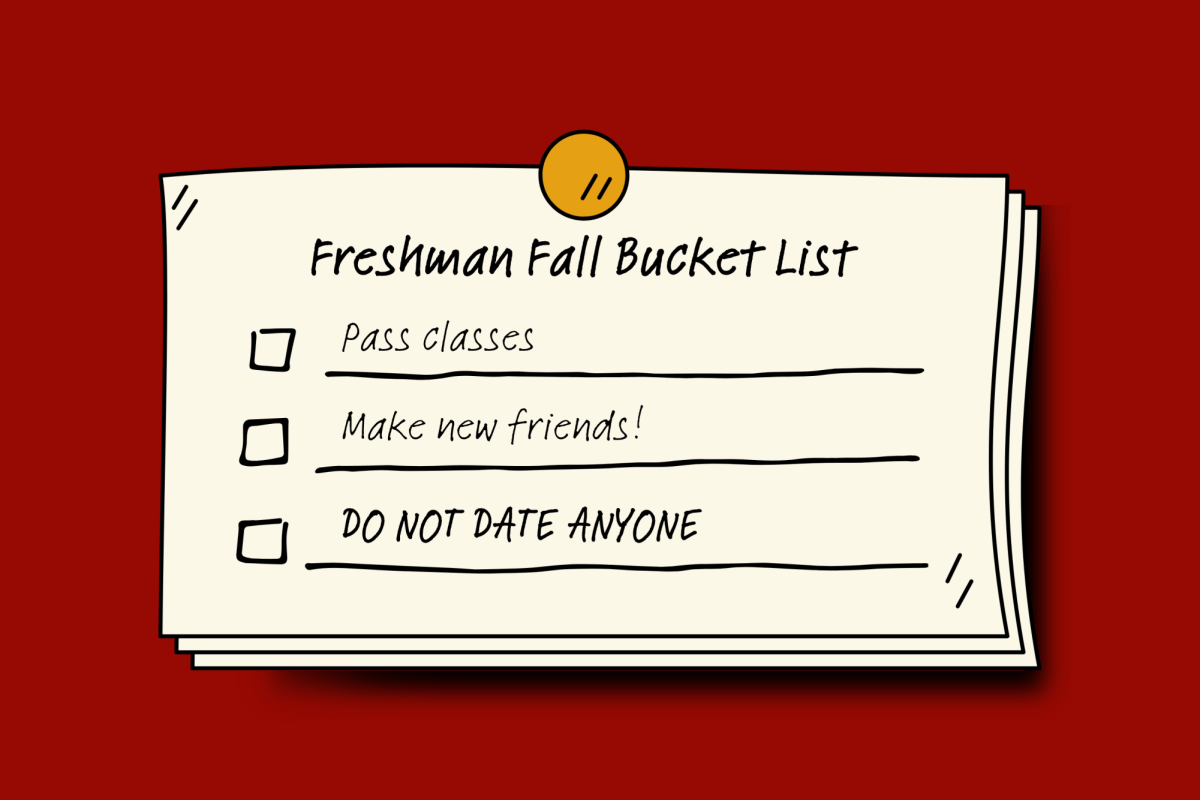Smartphone apps, if done right, can empower the artist and the listener and revolutionize how we listen to music.
From a “Pimple Popper” app to a “DateCheck” app, which weighs the sleaziness of your date against his net worth, it seems like your smartphone will do anything for you these days. One of the latest trends in smartphone technology is the use of apps by artists to promote their names, albums and even specific gigs.
The new technology allows artists to further assert their creative expression through their music and allows fans to connect more intimately with their favorite artists. Many artists, unfortunately, are using them strictly as marketing tools. If artists approach apps as an opportunity to innovate and explore their artistic ideas in the visual and tactile way only possible through the integration of the internet and the touch screen on smartphones and iPads, they can revolutionize the listening experience.
Advances in music listening technology up until now have been detrimental to the artist’s engagement with the listener. The tactile allure of the vinyl record, with its large space for album art, got significantly scaled down with the invention of tape cassettes and later CDs. These mediums did, however, still allow artists to create cover art and booklets they could share with consumers. With the introduction of digital music libraries like iTunes and the dreaded “shuffle” setting, artists lost all control over their relationship with the listener. The traditional notion of the album as a continuous musical narrative with a beginning, a middle and end has been completely violated, as it’s far less common for listeners to listen to an entire album straight through than to select whatever songs to listen to in whatever order they wish. Album artwork has also disappeared, except for maybe a tiny thumbnail of the album cover that shows up at the bottom of your iTunes.
With smartphone apps, however, the concept of the album is coming back again in a whole new way. Apps created by artists like Lady Gaga, Coldplay and Jay-Z include album artwork, lyrics, video catalogues, interviews with the artists and newsfeeds so you can stay as up-to-date and immersed in your favorite artists as you like. The app Mobile Roadie makes these features accessible for bands at all levels, down to those still playing out of their parents’ garage, by allowing anyone to create apps to easily share music, videos and news with fans. These apps allow fans and artists to have a much higher level of access to each other and allow artists to embellish their album with an artistic and informational experience that’s impossible to convey on iTunes or Pandora alone.
A couple weeks ago the artist Bjork released her new album, “Biophilia,” which has taken this trend to its furthest point so far. The album is completely integrated with a series of apps that can be accessed through your iPhone or iPad. Fashioned like a universe in which each planet is a different song, one app allows you to explore the universe of the album using the touchpad while listening to one of the tracks or to see the musical score and lyrics as they occur through the song. Another app lets you play a game related to the song. The app was artistically directed by M/M, an art design company that used to direct French Vogue. While Bjork’s app is no doubt part promotional gimmick, it also gives the listener the opportunity to engage with the artistic message of the album in an interactive way.
However, some artists miss the potential that apps have to engage the listener, instead treating them as simply another way to commodify their music. Owl City published an app that gives fans points for playing games and networking with other fans, rewarding them with an exclusive track. The Streets launched an app that scans barcodes on products such as a can of Heinz beans or a certain issue of “The Guardian” in order to release exclusive tracks and videos. Blurring the line between marketing and the sharing of artistic content is fine, but blatantly using apps as promotional tools simply adds to the clutter of advertising we already get in our daily lives.
However, it appears that the next wave in music consumerism is developing through apps, and there is no point in resisting the direction of change. Apps give artists the opportunity to engage artistically with the listener in an unprecedented way thanks to the medium of the touchpad on smartphones and iPads, but artists need to be conscious that they are using these apps with concern for their artistic integrity.
Natalie Friedman is a Weinberg senior. She can be reached at [email protected]






